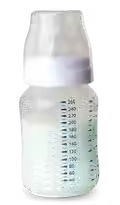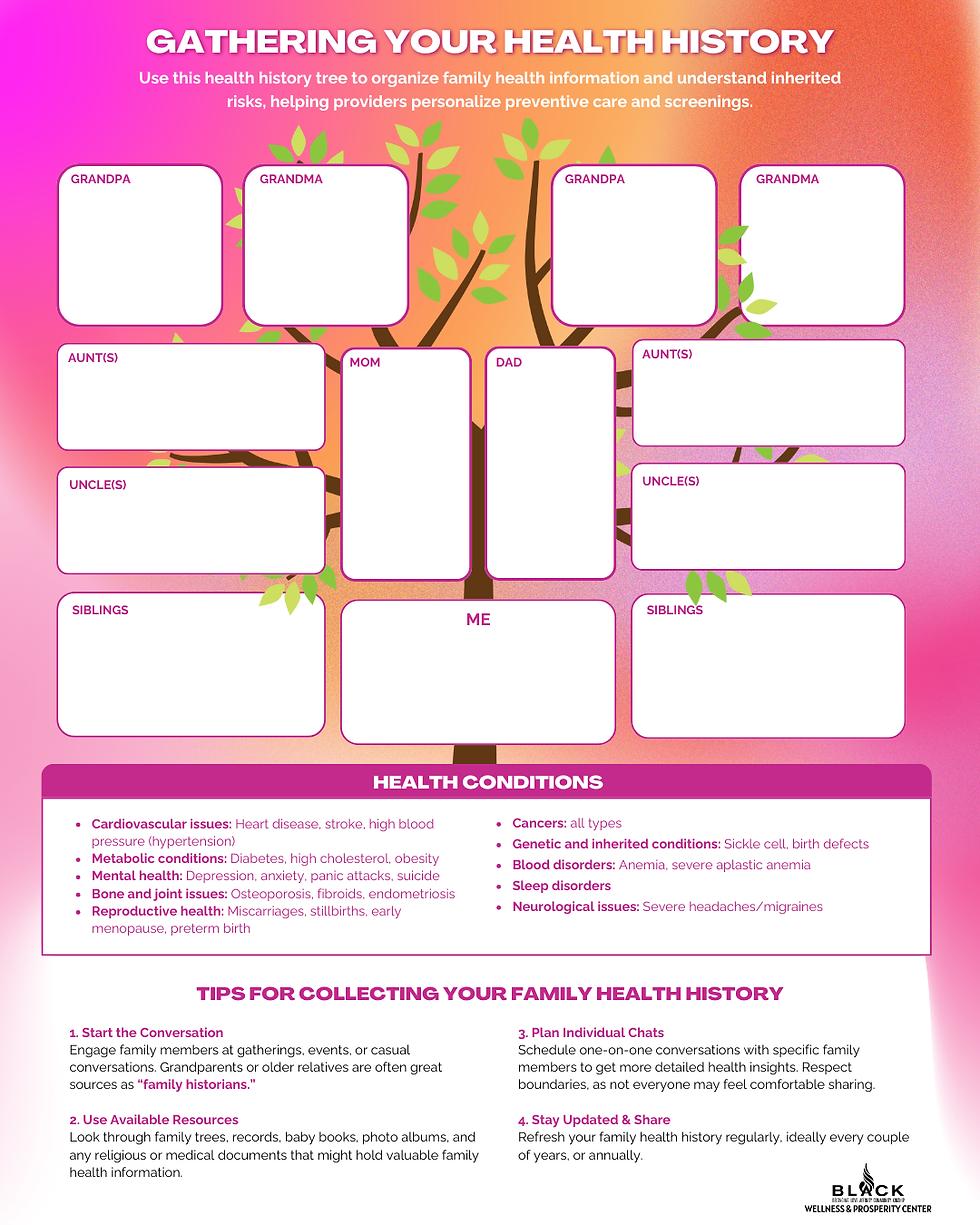BREASTFEEDING BENEFITS
- Shantay Davies-Balch

- May 23, 2025
- 2 min read
Updated: Jun 4, 2025

Breastfeeding makes your baby stronger and healthier, and it benefits you as well!
Breastmilk contains antibodies* and hormones* that are key to protecting your baby from disease and illness. Your breastmilk is unique and adapts to satisfy your growing baby’s needs.
Benefits to you:
Aids healing
Lowers risk of developing type 2 diabetes
Lowers risk of developing certain types of breast cancer
Lowers risk of developing ovarian cancer
Helps you get your pre-pregnancy weight back faster!
Benefits to baby:
Lowers your baby's risk of:
Sudden infant death syndrome (SIDS)
Fussiness and digestion problems from diarrhea, vomiting, and spit up
Ear infections and lower respiratory infections
Asthma
Eczema (atopic dermatitis)
Type 2 diabetes
Leukemia
Breastmilk Color Changes Over Time
You may notice that the color of your breast milk changes over time. Don't worry if you notice changes during the course of a day or even within the same feeding, this is also normal.

FIRST MILK - DARK YELLOW
In the first 2-5 days after giving birth, you will make your first milk called colostrum. This milk is often called "liquid gold" because of its high nutritional value, thick consistency, and deep yellow color. Colostrum helps your baby grow and is very high in antibodies!

MATURE MILK (FOREMILK) - CLEAR/BLUISH
When the mature milk begins to flow out of your breasts at the beginning of a feeding or pumping session, it can look bluish/clear.

TRANSITIONAL MILK - YELLOW / WHITE
During the transition period starting a few days after you've produced colostrum, breast milk increases and the color typically changes from yellow to white.

MATURE MILK (HINDMILK) - CREAMY/WHITE
As you continue to pump or breastfeed, the fat content in your breast milk turns into creamier milk called hindmilk.



